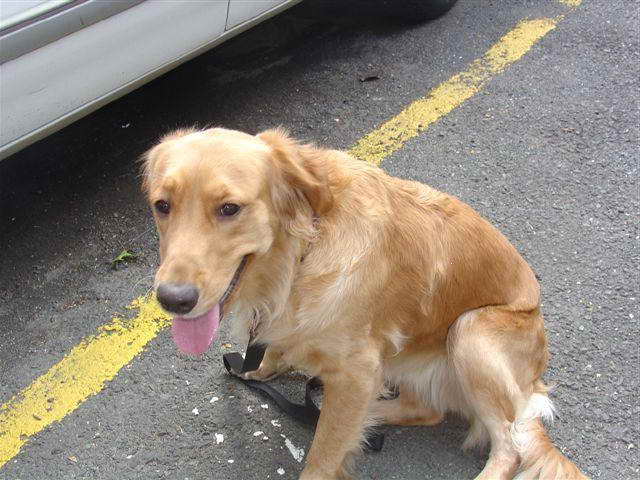
Hip Dysplasia in Golden Retrievers
There are a variety of symptoms that may indicate hip dysplasia in your Golden Retriever. The symptoms of hip pain in dogs may not always be visible, but they may include lameness and decreased range of motion. In addition to performing back leg manipulation tests to determine the cause of the pain, your veterinarian may also order X-rays to determine the severity of joint laxity. The veterinarian may recommend a course of treatment based on the symptoms your pet is displaying.
While Golden Retrievers are genetically prone to hip problems, preventing hip pain in your golden is crucial. Prevention is important, as untreated hip problems can compromise your pet’s overall health and life expectancy. Here are some tips for preventing hip pain in your golden:
X-rays: X-rays will help determine the degree of hip dysplasia in your Golden Retriever. Hip dysplasia affects both hip joints. While most dogs don’t show obvious signs, more advanced cases can require surgery. The exact treatment will depend on the type of hip dysplasia and the age of your dog. For the best results, your golden’s vet will conduct a thorough evaluation.
Early symptoms of hip pain may include acute pain in the hip area, lameness, or reluctance to move.
Pain is often worse in wet or cold weather. Additionally, your pet may develop abnormal gaits and exhibit lameness in the hip area. You may also notice scuffing the nails, bunny hopping, or a lack of mobility. In the early stages, your dog may display these symptoms intermittently, but they may eventually become chronic and require medical treatment.
Surgery for hip dysplasia is a common treatment option. Hip dysplasia surgery can repair your dog’s joint structure and improve its mobility. Some common procedures include total hip replacement, femoral head osteotomy, and juvenile pubic epiphysiodesis. Your veterinarian can help you choose the right treatment for your dog’s unique case. If conservative treatment isn’t successful, your Golden Retriever may need surgery.
While hip dysplasia in dogs is mostly a genetic condition, it can be caused by dietary or environmental factors. Excess weight and rapid weight gain put unnecessary strain on joints. If you suspect your Golden Retriever has hip dysplasia, see your veterinarian. They can conduct x-rays and perform manual tests to rule out other potential causes. If your dog has the symptoms of hip dysplasia, see your veterinarian as soon as possible.
Hip dysplasia in dogs is a common skeletal condition that affects large-breed dogs.
About 8.2% of Goldies develop the disorder. The condition can result in painful joint degeneration and loss of function. The good news is that hip dysplasia is treatable and the symptoms of this disease can be relieved by early treatment. In some cases, hip dysplasia can be treated and your Golden Retriever can live a long, healthy life.
While DPO and TPO surgeries are the most common options for dogs with hip dysplasia, they are not the only ones available. In fact, in some cases, they can be done in just one surgery. But if you find your Golden Retriever is suffering from hip pain in both legs, you can opt for a total hip replacement surgery. This surgery will replace both hips, but it won’t necessarily be easy to recover.
Surgery can be done in several ways, depending on your dog’s age and the severity of the hip pain. Triple pelvic osteotomy is one such procedure that involves cuts in the pelvis, allowing the socket to rotate over the ball. A bone plate stabilizes the bones. The surgery may be performed in young dogs, and it may help reduce the pain and promote normal joint development. However, if your Golden Retriever has osteoarthritis, surgery is not recommended.
In addition to physical therapy, prescription medications, and diet can help manage the symptoms of golden retriever hip pain.
Nonsteroidal anti-inflammatory drugs can be administered along with other treatments. Physical therapy encourages joint and muscle health and weight loss. Acupuncture can help improve muscle strength and reduce pain in dogs suffering from joint problems. In addition to physical therapy, your dog should be kept at a healthy weight to avoid putting too much pressure on the joints.
In addition to osteoarthritis, hip dysplasia is also common in dogs. Although this is more common in larger breeds, it can affect any breed, including small dogs. It can affect both sides of the hip. If your dog experiences any of these symptoms, consult your veterinarian to find a solution. If you do not treat hip dysplasia, the condition can lead to long-term degenerative joint disease and lameness.
Leave a Reply